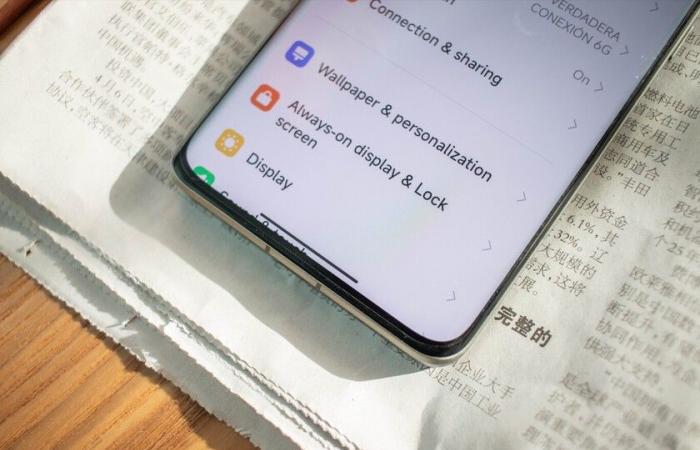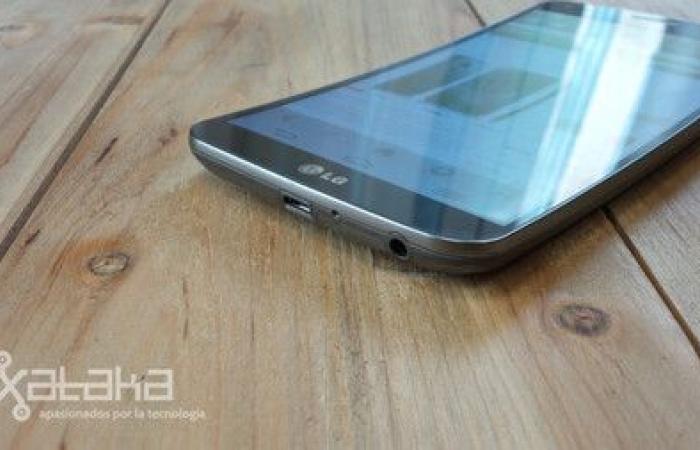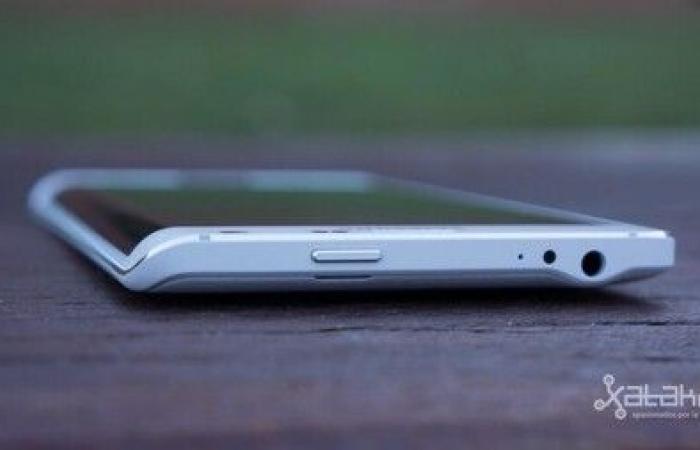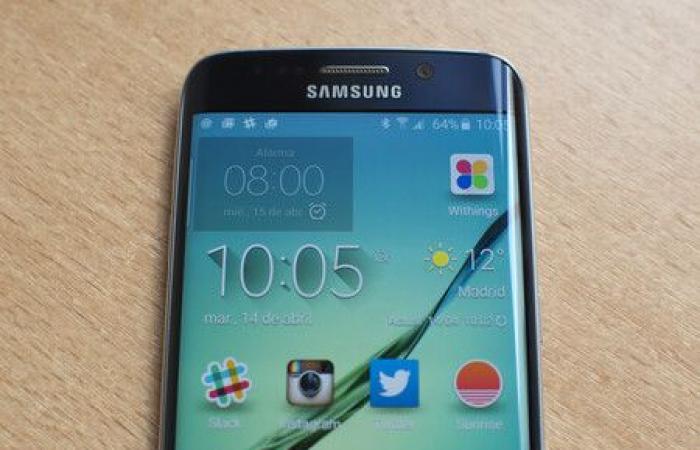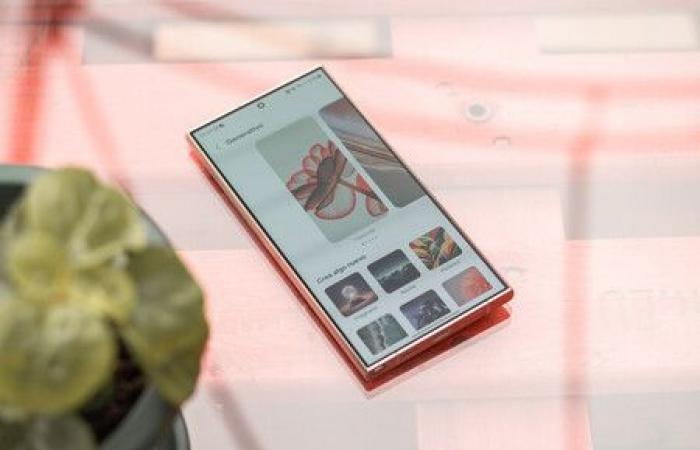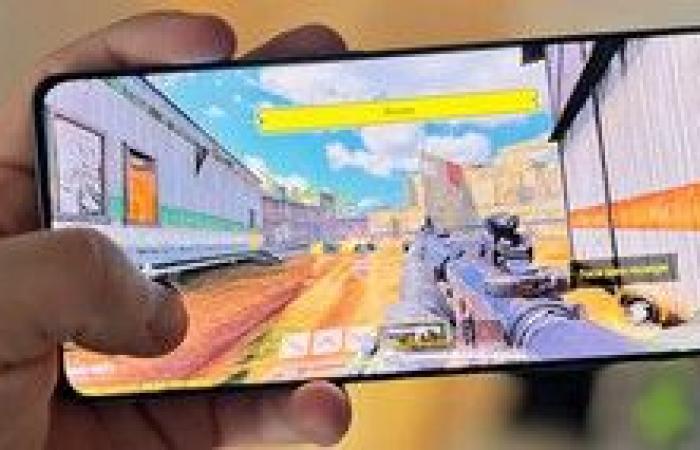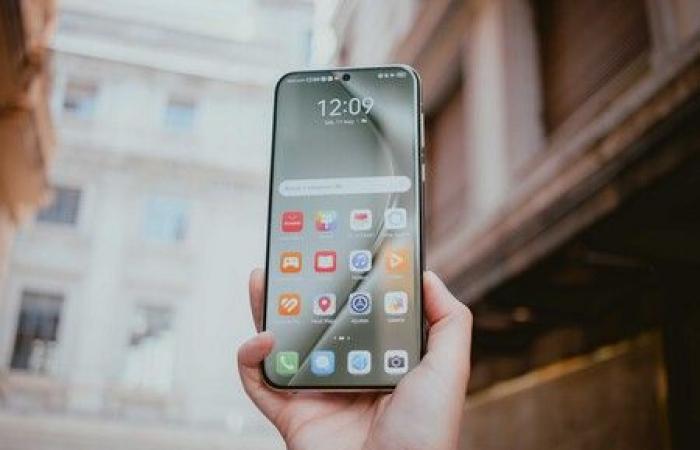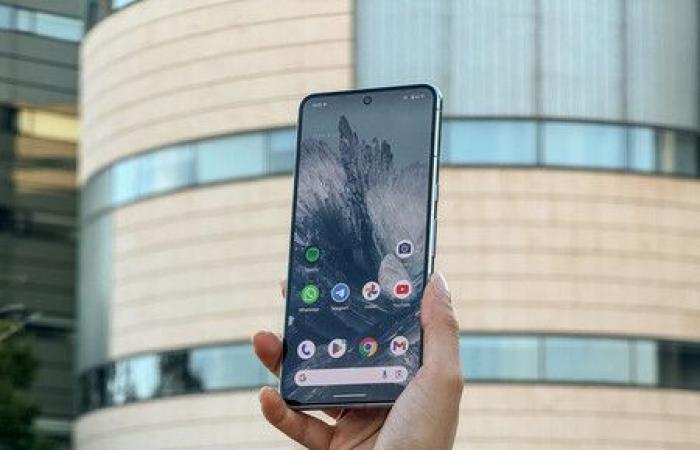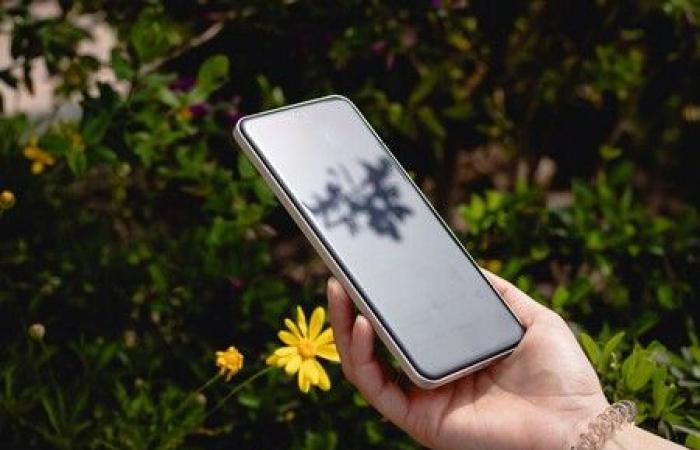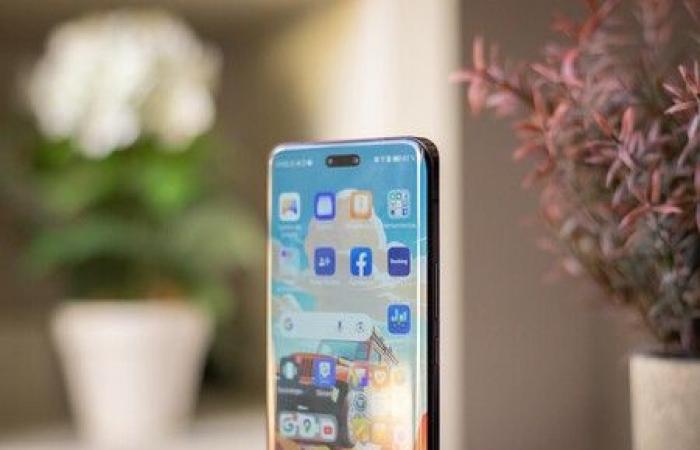The history of mobile phones with curved screens is curious. They arose out of pure experimentation, not out of the need to solve some type of problem with traditional screens. Back in 2013, the Samsung Galaxy Round was born, a unique phone of its kind.
This mobile phone came with a curved screen for a simple reason: the phone itself was completely curved. The problem they came to solve had to do with ergonomics: Samsung thought that a phone with this design would be more comfortable. Not a crazy idea, but it did not have much commercial impact.
The beginning of curved screens
As a result of the curved design, the screen was slightly curved. The key here? The screen was slightly curved due to the shape of the chassis, but it did not expressly curve at its edges.
It was not the only similar proposal, the LG Flex was a similar concept. A mobile phone with a curved screen as a result of a curved chassis. Again, since they are not curved from end to end, this panel was born as a consequence of the body of the phone itself.
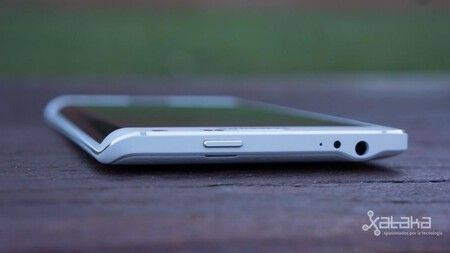

Galaxy Note Edge. The true father of mobile phones with curved screens.
Everything changed with the Samsung Galaxy Note Edge. Out of pure experimentation, Samsung decided to launch a version of the Samsung Galaxy Note 4. One in which the right edge of the panel was curved. There was bluing, light leaks, and viewing angles were problematic. We already warned about it in its review, in 2014.
The objective of this curve was to add value: incorporate applications, information about contacts, and convert this area into a space reserved for extra functions.


Two years later, the Samsung Galaxy S6 arrived in its Edge version, thus starting a tradition of phones with curved screens. Actually, it was much more than that: Samsung managed to make curved screens fashionable and associate them with “premium mobile.” Back in 2016 we already began the analysis of the panel in a clear way: “the curved screen of the Edge, not much more than a differentiation in design“.
The curve was still an element where notifications, night clocks, and even had some small informative tickers were displayed. It was something that diluted over time, until the curve became something purely aesthetic.
The trend among manufacturers is clear: goodbye, curves
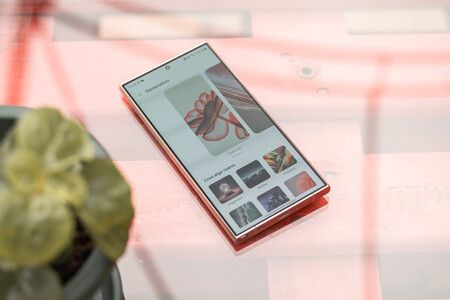

S24 Ultra
Samsung gave birth to curves. And they have been the first to get rid of them. The Samsung Galaxy S23 Ultra was the first sign. This phone arrived with a much lighter curvature than previous models. The analyzes were making it clear: it was a more comfortable mobile phone with hardly any problems with ghost touches.
Samsung reducing the curves until launching a completely flat S24 Ultra is a very powerful message: perhaps they were not such a good idea
2023 was the last nail in the grave of folding screens in the S family: the S24 Ultra was the first Ultra with a completely curved panel. This coincided with the best redesign in terms of construction quality that Samsung had ever done on a phone: made of aluminum, with narrow bezels and no curves. Of ten.
Nothing prevents Samsung from making a phone with a curved screen again. However, within the sector (at least, as far as analysts are concerned), the position is practically unanimous: curves are a problem and their aesthetic function cannot compensate for the problems they generate.
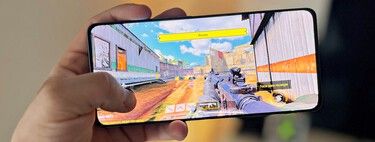


The trend also seems to be reversing. Huawei has also historically opted for curved screens. In the presentation of its Pura 70 Ultra, it emphasized precisely that they had developed a panel that was slightly curved on the sides, but without the traditional problems that this type of screen generates.
In the analysis we could only applaud: these curves hardly generated any shadows, they did not suffer from ghost touches and, in fact, they were practically unnoticeable.
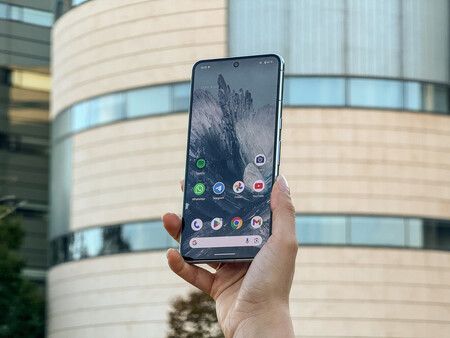

Google also opted for curves in models like the 6 Pro and 7 Pro. With the 8 Pro they said so far. This came associated with the best panel a Pixel has ever had. All good news.
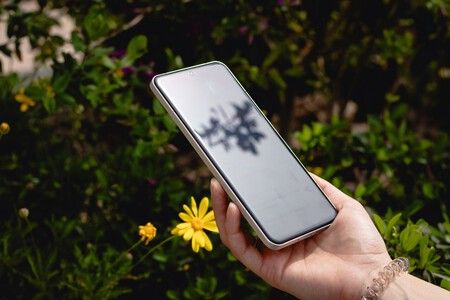

Xiaomi, in its 14 Ultra, has also reduced the curves to a minimum. This makes it clear that the tendency is to completely soften the curves or make them disappear. In fact, luckily, it is increasingly difficult to buy high-end phones with very curved screens. Although there are.
The curves are still alive. Design or practicality?
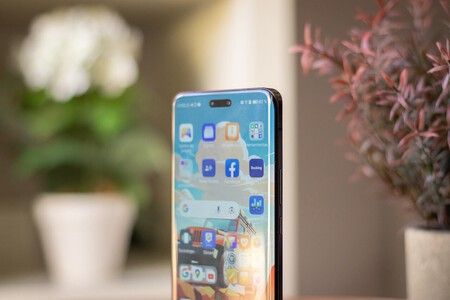

Without assigning blame, There are still manufacturers who are betting on the curve (very curved) in 2024. It is an aesthetic exercise to put a more premium design on the table. The question is whether, now that large manufacturers are betting on eliminating the curve in their highest range, it makes sense to continue thinking that curving the panel is more “premium”.
Perhaps it is not a bad idea for the idea to stay alive for all those who are convinced by the format, although the key is whether the curved panels will continue to be linked to the high range or, on the contrary, will become an exception for fans of the concept.
Image | Xataka
In Xataka | Switching to a curved ultrawide monitor: a one-way road (for gaming and work)

